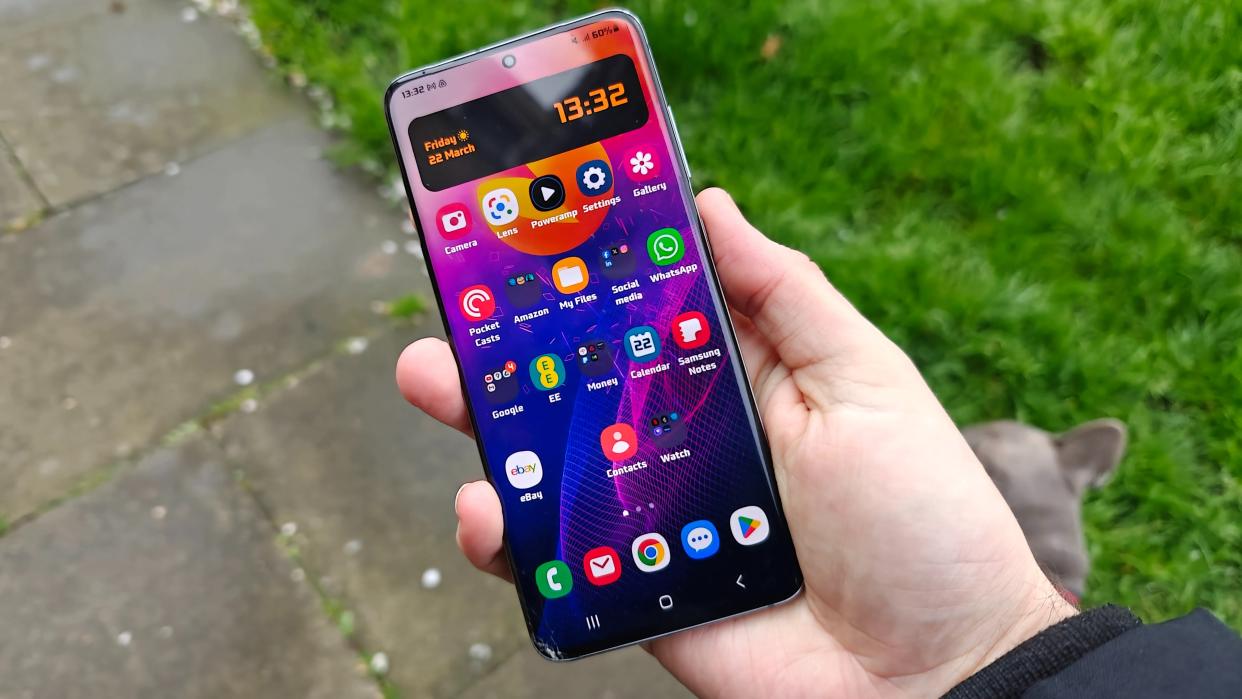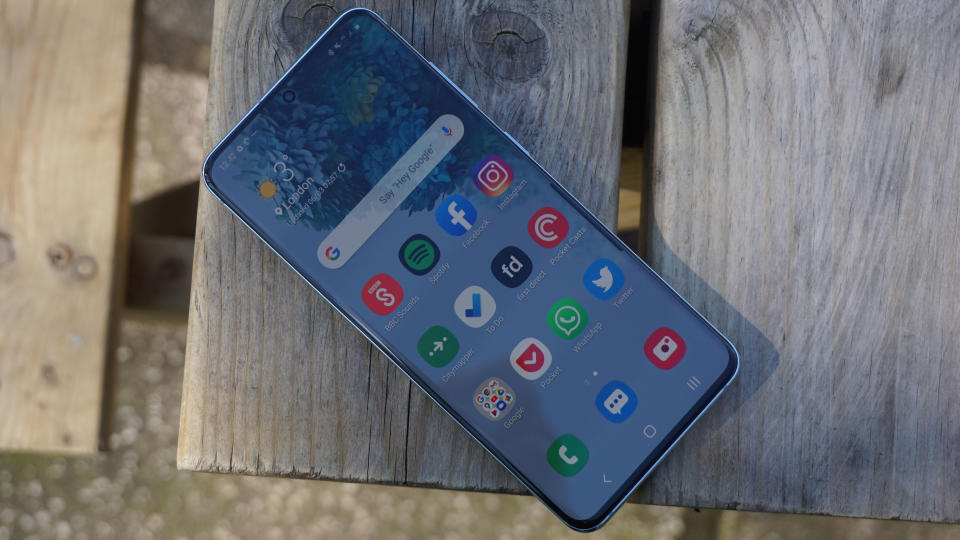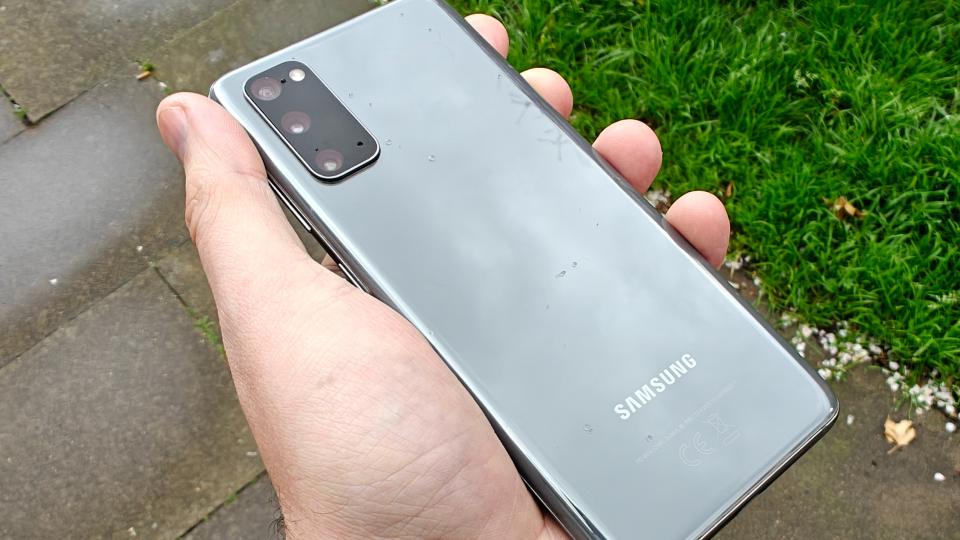Is 7 years of software support a gimmick? My 4-year-old Samsung Galaxy S20 just gave me the answer

The rising cost of living has led to some holding onto their phones longer than ever. Coupled with the steady rises in the price of phones, we're buying phones less often but expecting longer hardware and software lifespans.
The Samsung Galaxy S24 and Google Pixel 8 series have addressed the software side by providing support cycles of seven years of OS updates. This extended software support seems appealing at first glance, but I’m not so sure. Instead, I feel that the promise of longevity via continued updates is just another marketing strategy to convince you to buy an expensive flagship device.
Call me cynical, but holding on to a phone for seven years and expecting it to run seamlessly seems unrealistic. Even if the software is updated, the outdated hardware will struggle with modern apps' increasing complexity and demands. If you want your phone for anything more than light use, this could be a problem.
What’s more, older hardware could miss new features applied in future software updates. For instance, the seven-year-old Google Pixel 2 lacks 5G support, and older Samsung devices may not run the latest Galaxy AI features.
Extended OS support made me think about what it would be like to use my hopelessly outdated Samsung Galaxy S8 from seven years ago today. Not that it was a bad phone, it’s just that technology has advanced rapidly in the past few years, particularly in processor, battery, and camera technology, and many devices begin to feel sluggish and old long before their software support period is up.
Instead of returning to a seven-year-old device and tearing my hair out waiting for it to load, I switched to my relatively newer and more capable, four-year-old Samsung Galaxy S20 to see if it could still hold its own among the newest smartphones.
So, I begrudgingly removed my SIM card from my cutting-edge OnePlus 12 and slapped it back into my old Galaxy S20, transporting myself back to 2020…
Design
The first thing that struck me about the Samsung Galaxy S20 was how compact and light it is compared to many modern phones. I’m also a big fan of the curved design that has been mostly replaced by a thicker, flat body in many recent flagships.
The compact size feels so comfortable and much more pocketable than many of today’s phones, bar the base iPhone 15. Still, this more compact design comes at the cost of a smaller screen, which makes watching films and videos and gaming a little harder, but not impossible.
On my second day using the Galaxy S20, I accidentally dropped it in the sink. Thankfully, I discovered it is more water resistant than my OnePlus 12, with an IP68 rating compared to the IP65 on that device, meaning I can honestly say “they don’t make them like they used to”.

Display
The screen on the Galaxy S20 holds up the best to its modern contemporary. The 6.2-inch AMOLED display supports HDR10+, a fast 120Hz refresh rate, and 1,200 nits peak brightness, which is respectable even four years later.
It’s also a pixel powerhouse due to its high resolution of 1440 x 3200, which makes it better than its successors, the Galaxy S21, S22, and even the S23. It’s even slightly higher resolution than my OnePlus 12’s 1440 x 3168; it really is incredibly sharp.
Samsung is known for its vibrant displays and the Galaxy S20 is no exception, offering rich, saturated colors. That said, gaming felt a little cramped and slightly less responsive on this screen, which led to more than a few untimely deaths.
Performance and gaming
The Galaxy S20 uses a Samsung Exynos 990 processor, and I had low expectations for this older chip. I needn’t have worried: it was much snappier than I predicted, with most apps booting up quickly and feeling responsive.
It could just about run demanding games like COD Mobile and Genshin Impact at mid-to-high settings, albeit with a few issues. For instance, I did notice the odd stutter, and it couldn’t seem to maintain high performance. The phone also became noticeably warm when running games, and despite running the battery down very quickly, I was too worried to plug it in while playing due to the heat build-up.
The Galaxy S20’s performance was confirmed with benchmarking software. It received a decent score of 1,260 for Single-Core processing and 3,287 for Multi-Core, outperforming newer mid-rangers such as the Google Pixel 7a and Samsung Galaxy A54.
My Galaxy S20 came with 8GB RAM, but this can be boosted by up to an additional 8GB of virtual RAM, another feature I assumed was a more recent development but was pleased to see included. This allows you to run more apps in the background simultaneously.
However, the version I used had only 128GB of storage, which seems small until you consider it comes with expandable memory via a microSD slot. This feature is almost extinct in modern smartphones and certainly doesn’t appear in flagship phones these days. I had forgotten how easy microSD slots made transferring files such as photos and music to and from my PC, and I wish this feature would return to premium handsets.
Camera

The S20’s camera system isn’t much to look at; the phone's compact size means it has to use smaller sensors than some contemporary camera modules. However, it does still have a triple camera system, which consists of a 12MP main, a 12MP ultra-wide, and a 64MP telephoto.
In use, it was decent enough – but not a patch on the best camera phones available today. Like chipsets, cameras have developed incredibly quickly over the past five years, so while the Galaxy S20 still takes sharp and good-quality pictures in ideal lighting conditions, it lacks some modern features that I take for granted.
One of the modern features I missed most was the periscope zoom from my OnePlus 12; the S20's 64MP telephoto loses image quality as soon as you get a little over three times zoom. Its low-light performance wasn’t nearly as clear or detailed as some modern phones, either, and it was also harder to take pictures with a nicely blurred-out background.

The colors were inconsistent, sometimes appearing quite bright, but other items looked dull. Neither seemed as accurate as those on the newer Google Pixel or OnePlus 12. Oh, and the dynamic range was slightly more limited than with my OnePlus 12, with some details blown out in highlights or lost in dark corners.
Battery
The S20's 4,000mAh capacity battery can’t compete against the latest phones, which generally hold a larger charge and support faster charging, usually aided by much more efficient hardware.
However, the Galaxy S20 lasted almost a full day during the time I was using it, as long as I didn't play intense games, watch lots of videos, or attempt to do anything fun. Otherwise, it dropped to under 5 hours. It supports 24W wired charging, which isn't great – but on the flip side, the iPhone 15 only gets 20W charging, so it isn't terrible either.
One big difference I noticed is was that the Galaxy S20 took over an hour to charge, which seems too long these. Then again, maybe I’ve been spoilt by the OnePlus 12’s fast charging, which is truly incredible; that phone takes just 26 minutes to juice up in full.
Admitting defeat?
So, did my time with the Samsung Galaxy S20 prove my point that older hardware will never stand up to the test of time and be worth continued software support? Well, yes and no.
First, the good: the S20 is an exceptional phone with hardware that held up much better than I had expected.
However, it still has some fundamental problems related to its age that a slick design and an exceptional screen couldn’t help me overlook. For example, it has a less efficient chipset, weaker battery and slower charging, and mixed photo quality. These drawbacks made it harder for me to rely on for day-to-day use, and I was ultimately relieved to return to my OnePlus 12.
The fact is, I wouldn't keep it as my daily driver even if this model were still supported for another three years. What's more, I suspect most phones won’t age as gracefully as the four-year-old Galaxy S20 has. And in another three years, it will truly be an anachronism.
So while I don't consider long software support commitments to be a bad thing in themselves, I really don't see the likes of the Pixel 8 Pro and Galaxy S24 Ultra being able to keep up in the far-flung year of 2031, and I suspect I'll have my eye on the Pixel 15 or Galaxy S31 by then.

